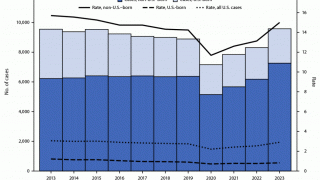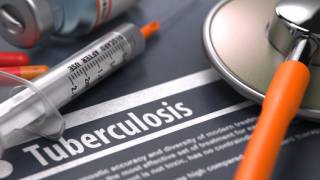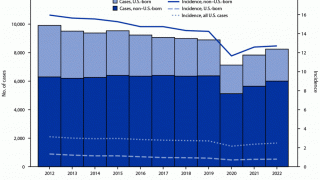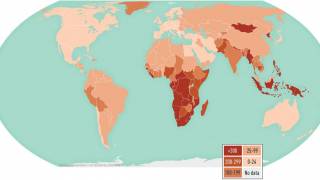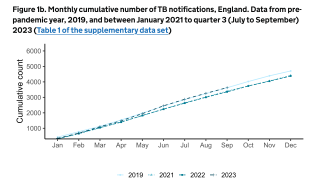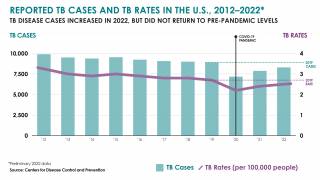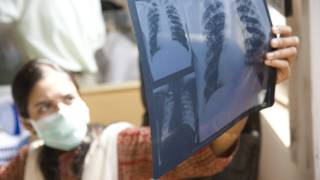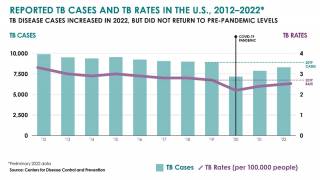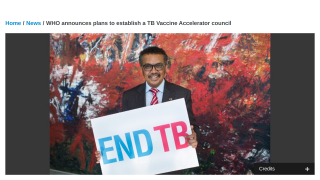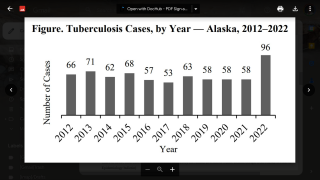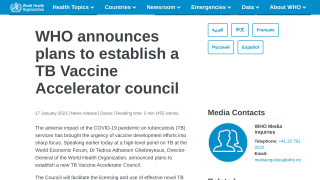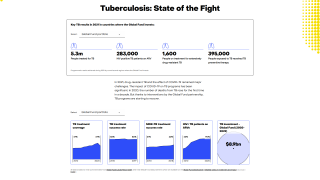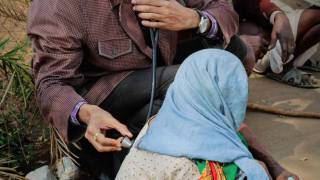TB Vaccine Delivered By IV Offers Better Protection
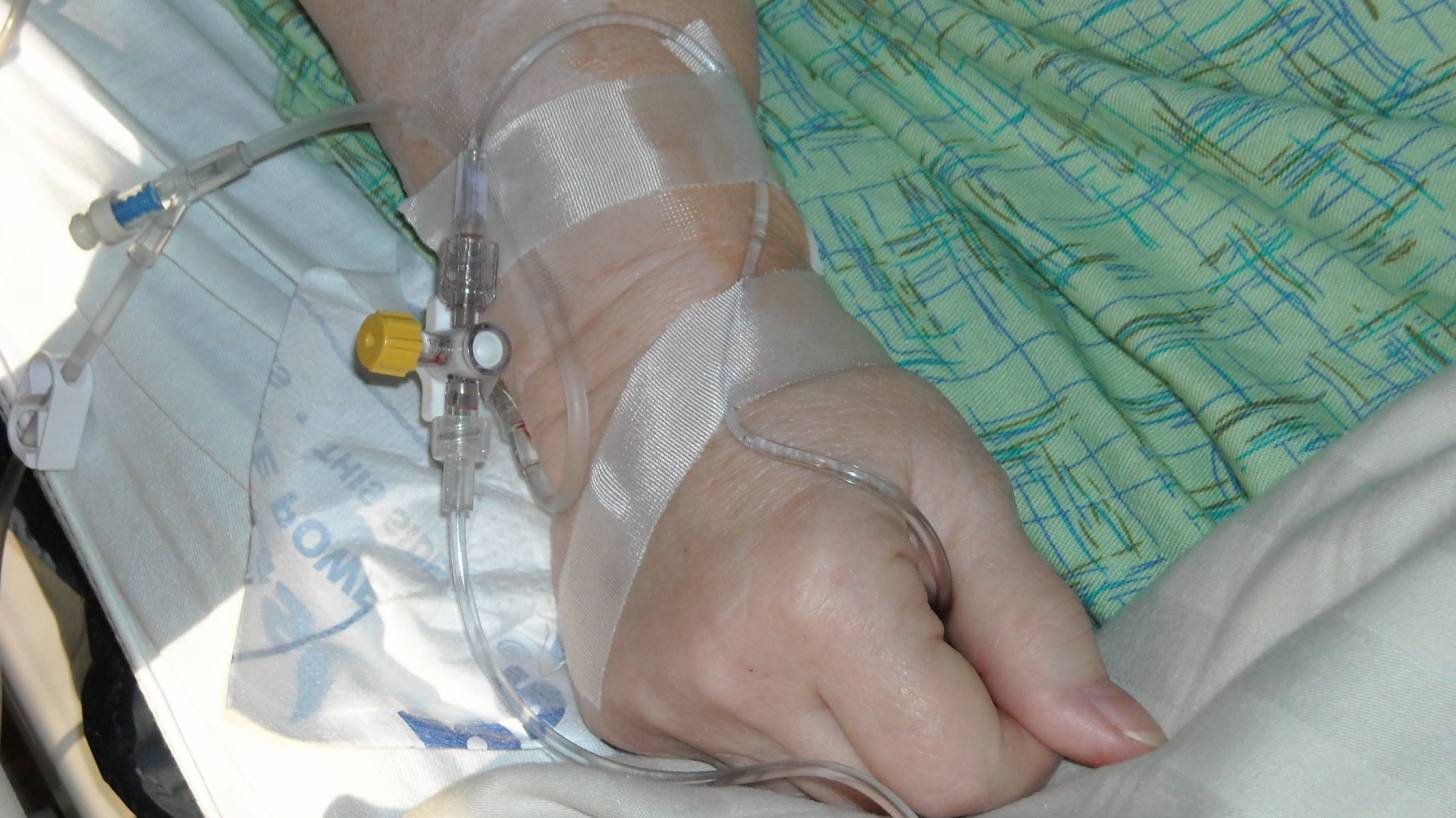
A new study by researchers at the University of Pittsburgh School of Medicine (Pitt Med) finds that simply changing the delivery method of tuberculosis (TB) vaccination could dramatically boost its effectiveness.
Announced on January 1, 2020, in collaboration with the National Institute of Allergy and Infectious Diseases (NIAID), these Pitt Med researchers discovered that intravenous TB vaccination is highly protective against the infection in monkeys, compared to the standard injection directly into the skin, which offers minimal protection.
“The effects are amazing,” said senior author JoAnne Flynn, Ph.D., professor of microbiology and molecular genetics at the Pitt Center for Vaccine Research, in a press release.
“When we compared the lungs of animals given the vaccine intravenously versus the standard route, we saw a 100,000-fold reduction in bacterial burden.”
“90 percent of animals in this study showed no inflammation in their lungs.”
Dr. Flynn’s team tested several routes and doses of the only commercially available human TB vaccine, Bacille Calmette-Guérin (BCG), which is made of a live, weakened form of TB bacteria found in cattle.
The idea for an intravenous TB vaccination came from earlier experiments by the other senior author on the study, Robert Seder, M.D., at the NIAID’s Vaccine Research Center.
Previously, Dr. Seder showed in both animals and humans that the malaria vaccine is more effective when delivered intravenously.
Recent TB vaccine news
- Old Tuberculosis Vaccine May Slow Alzheimer’s Progression
- Innovative TB Vaccine Found 49.7% Effective
- An Old Vaccine Keeps Getting Better
To test whether the method of administration matters for TB, Flynn, and colleagues separated their colony of monkeys into six groups: unvaccinated, standard human injection, stronger dose but same injection route, mist, injection plus mist, and finally, the stronger dose of BCG delivered as a single shot directly into the vein.
Six months later, the researchers exposed the animals to TB and monitored them for signs of infection.
All of the animals who received the standard human dose had persistent lung inflammation, and the average amount of TB bacteria in their lungs was only slightly less than in the monkeys who received no vaccine at all.
The other injected and inhaled vaccines offered similarly modest TB protection.
On the other hand, BCG IV vaccination offered nearly full protection.
There was virtually no TB bacteria in the lungs of these animals, and only 1 monkey in this group developed lung inflammation.
“The reason the intravenous route is so effective,” Dr. Flynn explained, “is that the vaccine travels quickly through the bloodstream to the lungs, the lymph nodes and the spleen, and it primes the T cells before it gets killed.”
Dr. Flynn’s team found BCG and activated T cells in the lungs of all the intravenously vaccinated animals. Among the other groups, BCG was undetectable in the lung tissue and T cell responses were relatively meager.
Next, the researchers plan to test whether lower doses of intravenous BCG could offer the same level of protection without the side effects, which mostly consist of temporary inflammation in the lungs.
But, before this method can be translated to humans, researchers need to know that it’s not only safe but also practical. An intravenous vaccine requires more skill to administer and carries a higher risk of infection.
“We’re a long way from realizing the translational potential of this work,” Flynn said. “But eventually we do hope to test in humans.”
Additional authors on the study include Patricia Darrah, Ph.D., Joshua Hackney, Supriya Pokkali, Ph.D., Phillip Swanson, M.D., Megha Kamath, and Mario Roederer, Ph.D., of NIAID; Joseph Zeppa, Ph.D., Pauline Maiello, Nicole Grant, Mark Rodgers, M.S., Chelsea Causgrove, Edwin Klein, D.V.M., Alexander White, and Charles Scanga, Ph.D., of Pitt; Marc Wadsworth, Travis Hughes, M.P.H., and Alex Shalek, Ph.D., of the Massachusetts Institute of Technology and Harvard University; Dominick Laddy, Ph.D., and Danilo Casimiro, Ph.D., of Aeras; Aurelio Bonavia, Ph.D., of Vir Biotechnology; and Philana Ling Lin, M.D., of UPMC Children’s Hospital of Pittsburgh.
This research was supported by the Bill and Melinda Gates Foundation, the National Institutes of Health (grants 5U24AI118672 and 2RM1HG006193) and the NIAID Intramural Research Program. PARI Pharma GbmH provided the aerosol vaccine delivery device.
TB vaccine news published by Precision Vaccinations.
Our Trust Standards: Medical Advisory Committee



